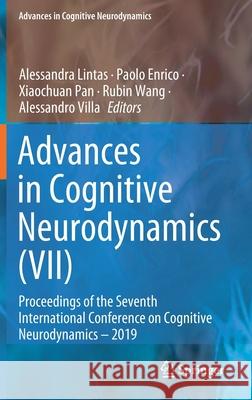Advances in Cognitive Neurodynamics (VII): Proceedings of the Seventh International Conference on Cognitive Neurodynamics - 2019 » książka
topmenu
Advances in Cognitive Neurodynamics (VII): Proceedings of the Seventh International Conference on Cognitive Neurodynamics - 2019
ISBN-13: 9789811603167 / Angielski / Twarda / 2021 / 227 str.
Advances in Cognitive Neurodynamics (VII): Proceedings of the Seventh International Conference on Cognitive Neurodynamics - 2019
ISBN-13: 9789811603167 / Angielski / Twarda / 2021 / 227 str.
cena 1079,53 zł
(netto: 1028,12 VAT: 5%)
Najniższa cena z 30 dni: 1072,03 zł
(netto: 1028,12 VAT: 5%)
Najniższa cena z 30 dni: 1072,03 zł
Termin realizacji zamówienia:
ok. 20 dni roboczych.
ok. 20 dni roboczych.
Darmowa dostawa!
Kategorie BISAC:
Wydawca:
Springer
Seria wydawnicza:
Język:
Angielski
ISBN-13:
9789811603167
Rok wydania:
2021
Wydanie:
2022
Numer serii:
000454451
Ilość stron:
227
Waga:
0.61 kg
Wymiary:
23.39 x 15.6 x 1.91
Oprawa:
Twarda
Wolumenów:
01
Dodatkowe informacje:
Wydanie ilustrowane











